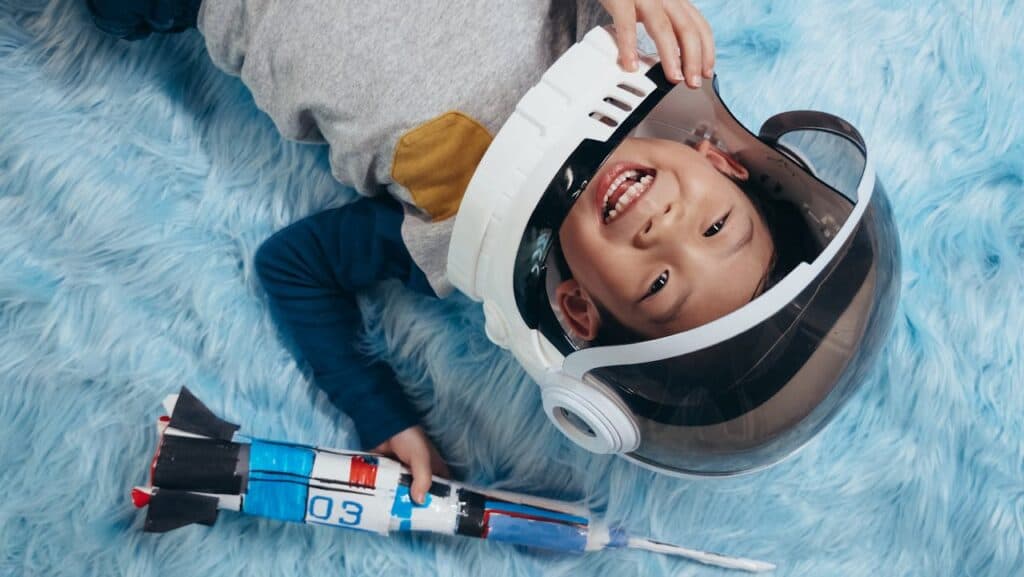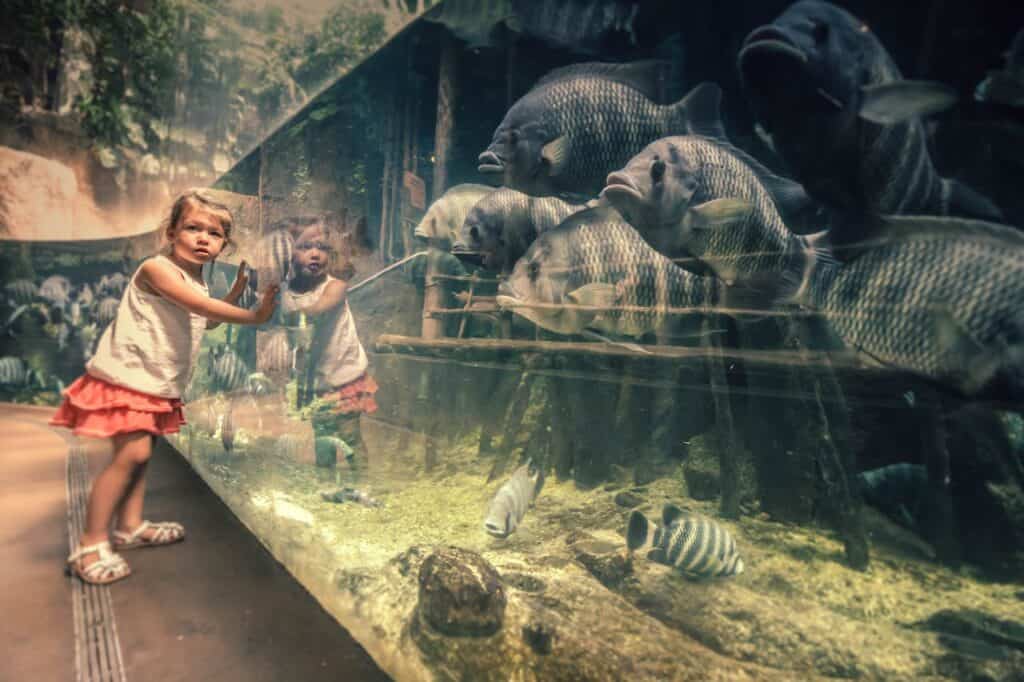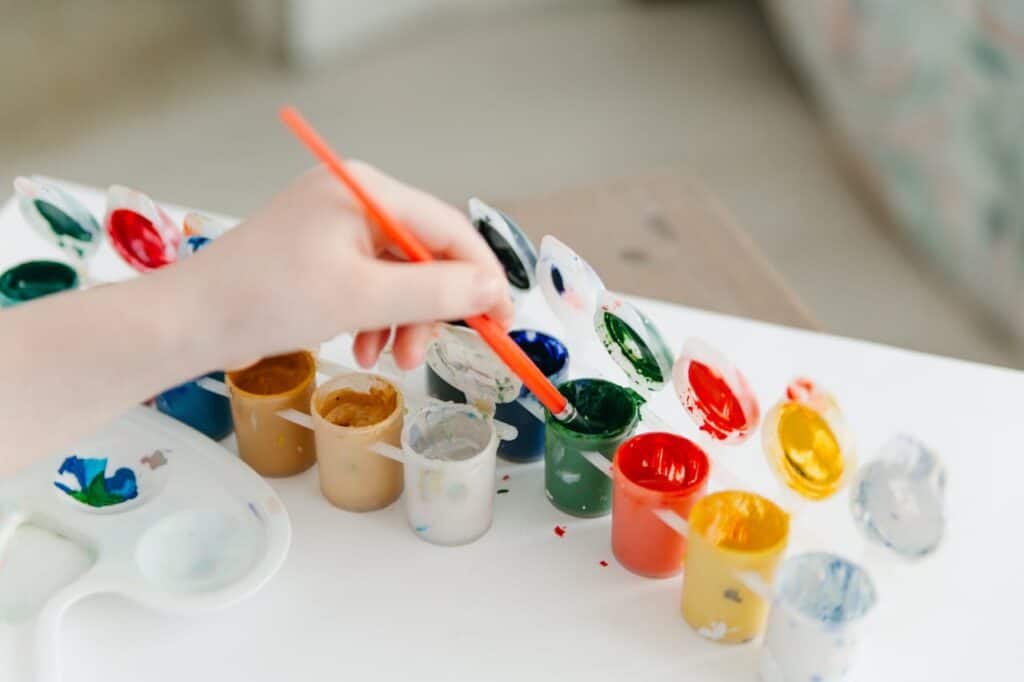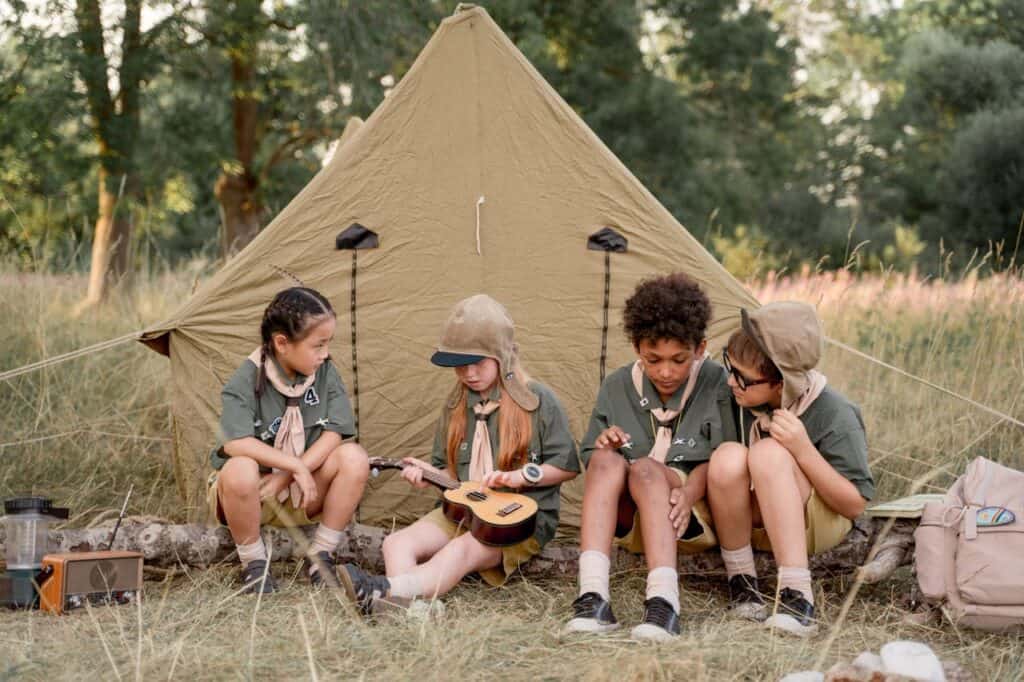How to Keep Kids Learning Over Summer (Without Making It Feel Like School)
Summer learning doesn’t have to involve workbooks and forced studying—the most effective approaches disguise education as adventure, exploration, and fun. Research shows that children can lose 2-3 months of academic progress over summer break, but this “summer slide” is easily prevented through engaging, hands-on activities that spark curiosity. The key is making learning feel natural and enjoyable while maintaining some structure to keep minds active and engaged.
Turn Everyday Activities into Learning Opportunities

Cooking together teaches math through measuring, science through chemical reactions, and reading through recipe following. Grocery shopping becomes a math lesson when kids calculate costs, compare prices, or estimate quantities. These practical applications make learning feel relevant and useful rather than abstract and disconnected from real life.
Create Theme-Based Learning Adventures

Choose weekly or monthly themes like “Ocean Exploration,” “Space Adventure,” or “Medieval Times” and incorporate books, activities, crafts, and field trips around each theme. This approach allows deep diving into topics while maintaining variety and excitement. Children can become “experts” on different subjects throughout the summer.
Encourage Summer Reading Without Pressure

Set up cozy reading nooks, visit libraries regularly, and let kids choose their own books without worrying about reading levels. Consider audiobooks for long car rides, family read-alouds, or reading challenges with small rewards. The goal is maintaining reading habits and discovering new interests rather than improving specific skills.
Use Educational Apps and Games Strategically

High-quality educational apps can make learning feel like play while reinforcing academic skills. Apps like Khan Academy Kids, Prodigy Math, or Duolingo gamify learning in engaging ways. Set time limits and balance screen-based learning with hands-on activities to maintain variety and prevent digital fatigue.
Plan Educational Field Trips and Outings

Museums, zoos, historical sites, and nature centers provide rich learning experiences that feel like adventures rather than lessons. Many offer special summer programs or scavenger hunts designed for children. Even free options like hiking trails, beaches, or architectural tours can spark curiosity and learning.
Start Science Experiments and Projects

Simple science experiments using household items can spark curiosity about how the world works. Growing plants, creating volcanoes, making slime, or building simple machines combine fun with learning. Document experiments in a science journal to practice writing and observation skills naturally.
Incorporate Learning into Travel and Outings

Whether traveling across the country or exploring your own city, incorporate geography, history, and cultural learning into your adventures. Research destinations together, create travel journals, or challenge kids to learn interesting facts about places you visit. This makes learning feel connected to real experiences.
Encourage Creative Expression

Art projects, creative writing, music, and dramatic play all support learning while feeling like pure fun. These activities develop fine motor skills, creativity, problem-solving, and self-expression. Displaying or sharing creative work builds confidence and pride in learning accomplishments.
Maintain Some Academic Structure

While summer should be relaxed, maintaining some routine prevents the complete abandonment of academic skills. This might mean 15-20 minutes of reading daily, weekly trips to the library, or occasional math games. The key is consistency without pressure or lengthy study sessions.
Connect Learning to Children’s Interests

If your child loves dinosaurs, incorporate paleontology into your summer activities. Sports fans can explore the math and science behind their favorite games. Building on existing interests makes learning feel personally relevant and engaging rather than imposed from outside.





